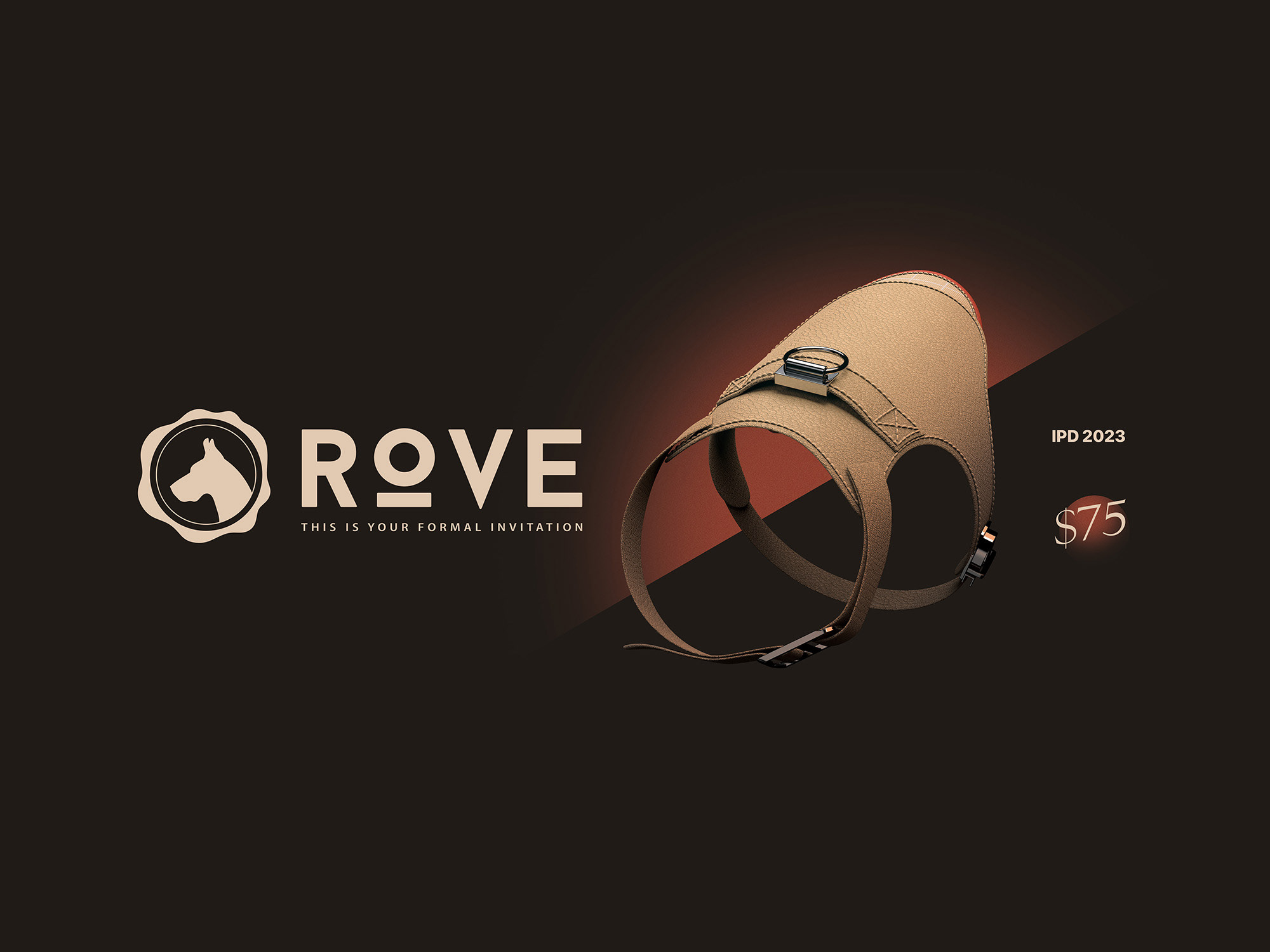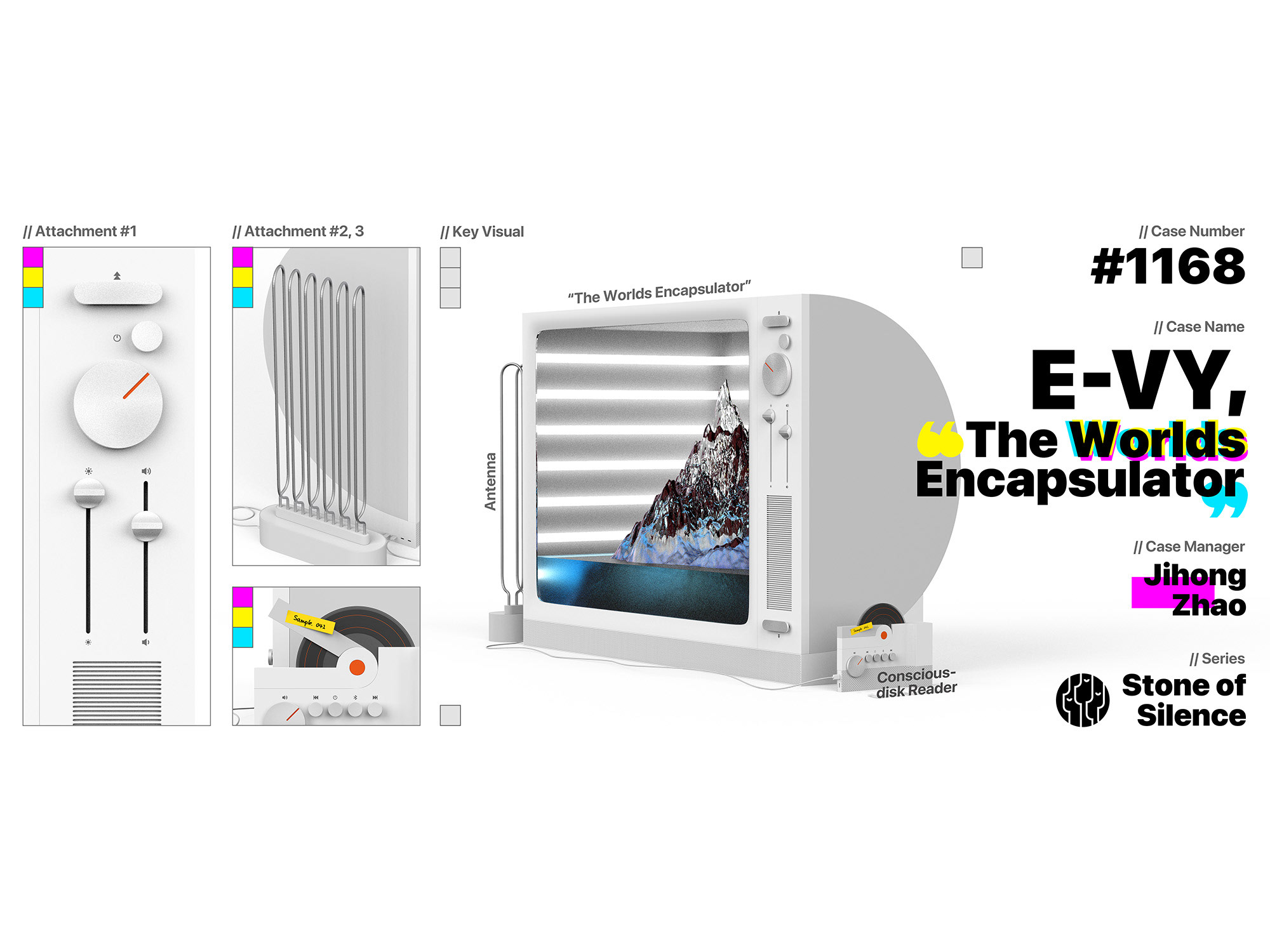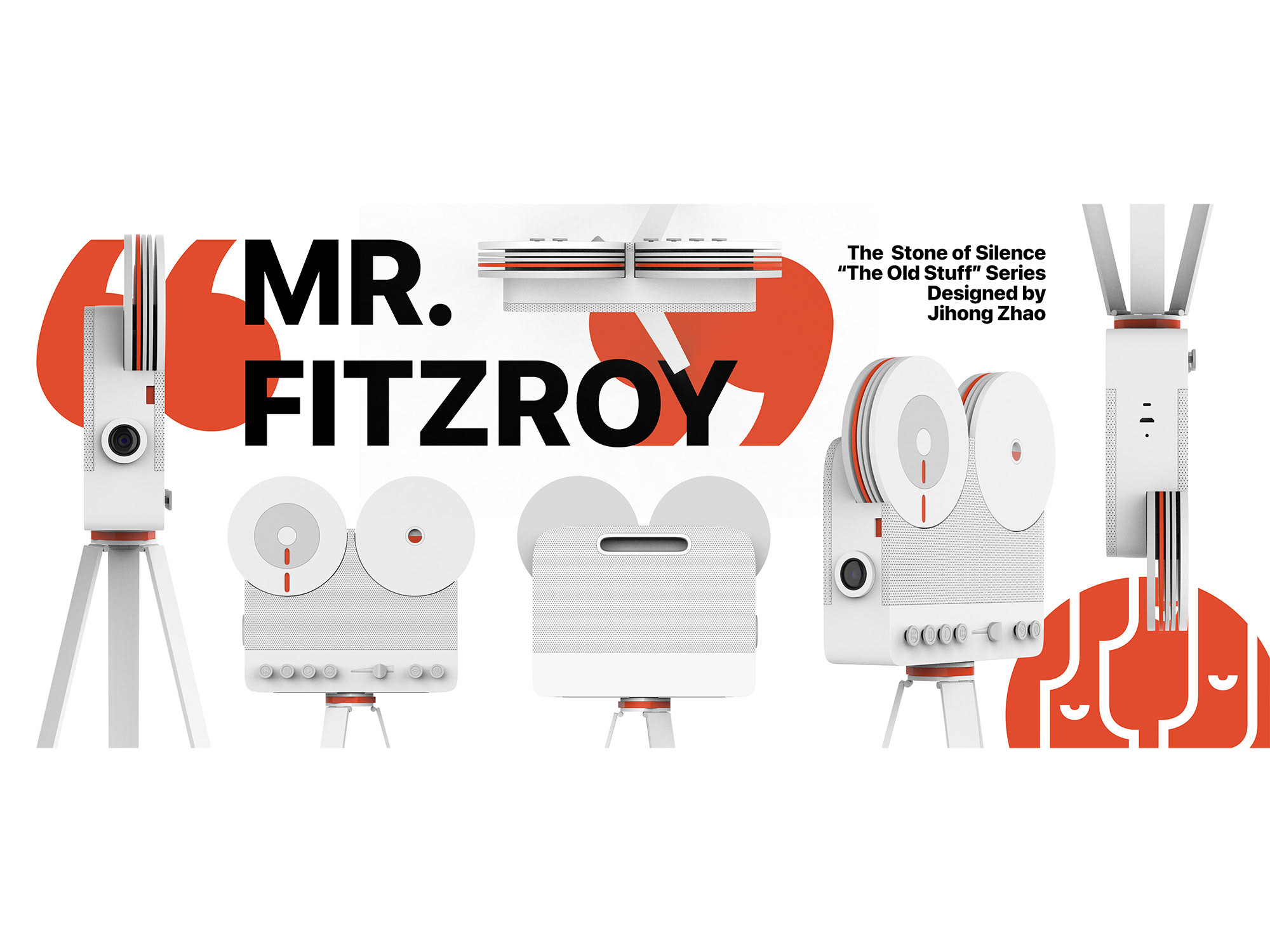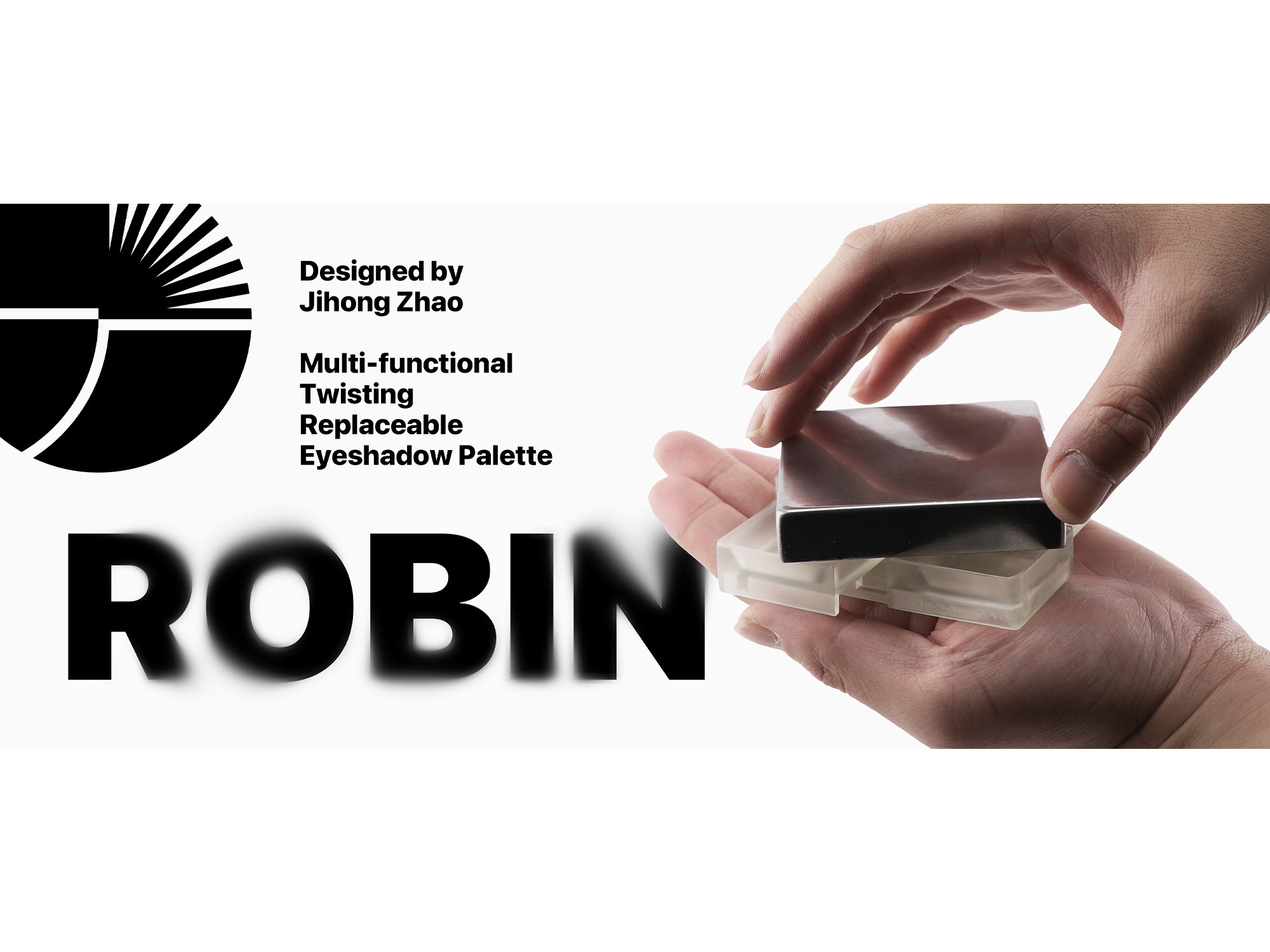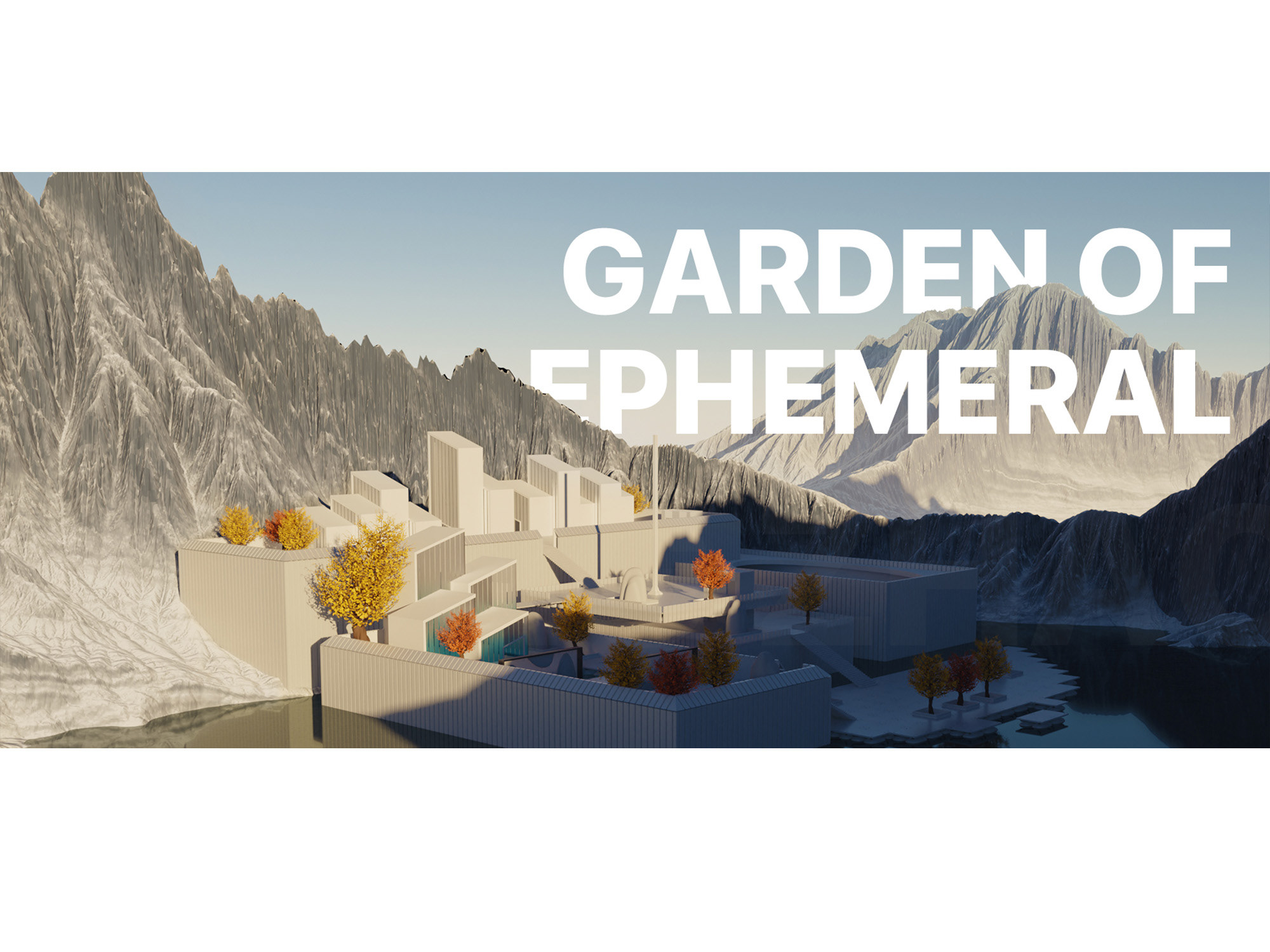This project is trying to design a speculative product called “the Hybriding Machine” which aims to help people in the near future (2040) deal with food issues, and to create supportive documents for the machine. This machine is developed and sold by “the International Hybrid Grain Conference”, a non-profit organization gathered by governments, agriculturalists, entrepreneurs, and environmentalists.
The final deliverable is two pages from a user manual issued by the International Hybrid Grain Conference which informs people how to use the machine and its inner structure. During the process, I conducted research on a worldwide problem, invested into the hybrid technology, experimented with the potential mechanical structure of this machine (to make it attractive and persuasive enough for the viewers), and tested out two rendering techniques including normal rendering and line rendering to create a "user manual" style.
Discourse and Message
In this project, I am trying to engage with food issues, especially food scarcity and soil quality. Through the scenario and artifact I presented, I want to inform my audience of the existence of food scarcity and soil issues, while inspiring them with possible solutions to these problems.
In the speculative setting, scientists pointed out that people should care more about the food scarcity issue and soil degradation, while genetically modified food made with the Hybriding Machine might be a temporary solution before further breakthroughs are made to solve the problems. However, some scientists doubt the safety of GMF, because people don’t have sufficient data gathered from people who consuming GMF for a long time yet.
This project, especially the artifact, lies in the domain of practical application. A certain level of interdisciplinary research was done during the development of this project, but the final solution provides a practical solution in the speculative setting, and target users could gain benefits from it. The artifact collaborated with agricultural and environmental facts, including the mechanism of hybrid rice and soil degradation. It also involved engineering considerations, so the design is potentially feasible.
The mindsets in the project are suggestive and facilitative, and the aim is to inform people about the existence of food scarcity and soil degradation, while also inspiring them with potential solutions to solve the problem. Wasting food is a common phenomenon that can be observed from social media. Living in a surrounding with relatively sufficient food, it’s hard for people like me to realize and resonate with food issues without really looking into them. However, the fact is that these problems truly exist, and I want to facilitate the process of spreading this information. The project also suggests a solution from a different perspective - how might an amateur researcher of agriculture and biology, a person from the art and design field, solve this problem? I hope this solution could broaden the professionals’ way of thinking and provide a new possibility.
Scenario
Large Context: In 2040, the world population reached 9,200,000,000. However, the area of farming land is not expanding, which means the total possible yield of grains would not have any significant breakthrough compared with today. What’s worse, the quality of the soil is even deteriorating due to soil degradation, leading to a reduction in grain production. Rice, and other grains, are still the main source of food for people around the world. But now, there is a huge gap between the supply and demand of rice, and it’s continuing to grow bigger. People are eager to find a way to change the situation.
Social Reactions: The International Hybriding Grain Conference (IGHC) was held on Oct. 6, 2040. Agriculturalists, entrepreneurs, environmentalists, biologists, and engineers from all over the world were invited to the conference, and they discussed possible solutions to solve the food issues people are facing. At the conference, some scientists made an agreement that as large-scale farming lands are losing their production capacity, individuals might have to make use of smaller lands to grow their own grains. They developed an individual farming tool set, while the most important one is the Hybriding Machine which yields genetically modified seeds of grains that could be grown in different soil conditions. The conference also informed people about the possibility of genetically modified food (GMF). The Tree of All Fruits was an artifact built by scientists and artists as a symbol of GMF, and it’s being displayed in the exhibition hall.
Small Context: As the first batch of Hybriding Machines is delivered, more people are trying to grow grains like rice in their gardens or communities with the help of the Hybriding Machine. Some people recorded videos of them using the machine and uploaded them to social media. The users can access instructive booklets through retail stores, community centers, and IHGC’s official website. IHGC also invited some volunteering instructors and recorded some 5-minute courses onto their website, so people who have trouble understanding the booklet can get a clearer understanding.
first iteration renderings
Ideating sketches
Paper Prototypes
Final rendering
